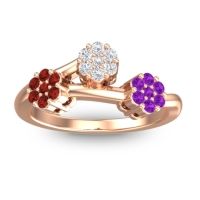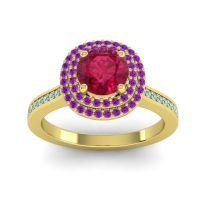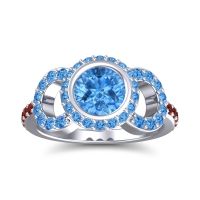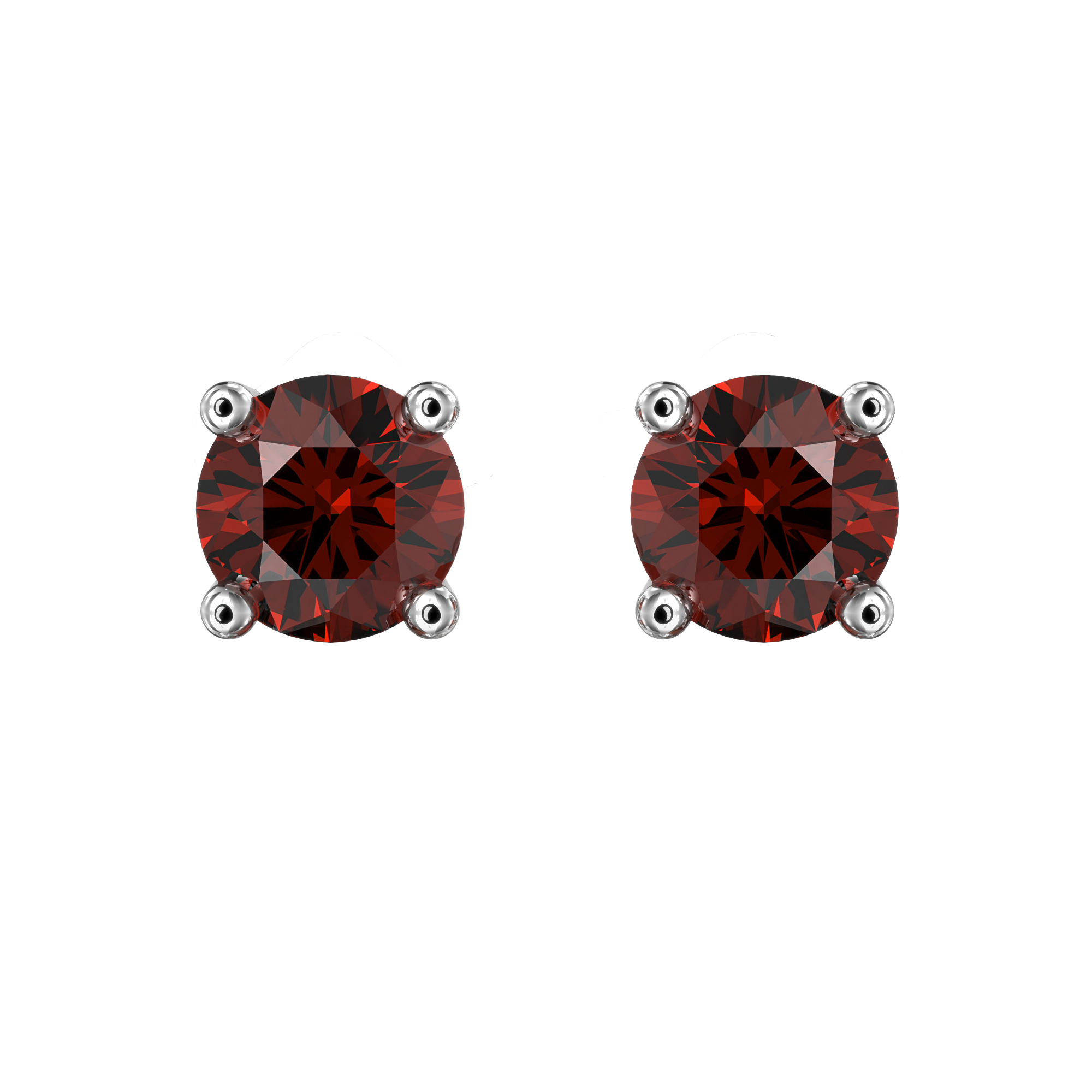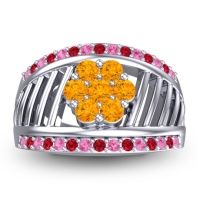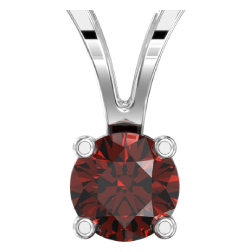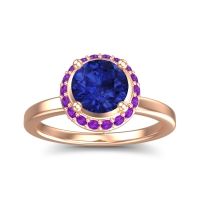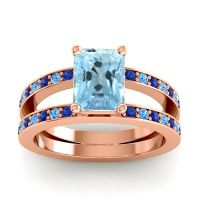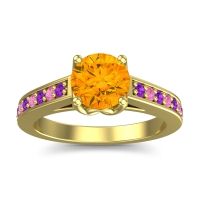Peridot – Maintenance
Peridot ranks at a 6.5 to 7 on the Mohs scale of mineral hardness and has fair to good toughness. Because it is significantly less durable than other gemstones like diamond and corundum, it requires special care to maintain its luster. With tender care and regular maintenance, peridot is a stone that can last for many years to come.
Handling
Generally speaking, it is always advised that peridot jewelry be handled by their bands or chains, and not by the actual gemstone itself. This ensures reduced buildup of natural oils and other residue that are often transferred from the hands to the stone.
Exposure and Cleaning
There are several elements that peridot shouldn’t be exposed to. Household cleaning products, chlorine, hand lotions, hair-styling products, and other oil-based liquids should be avoided around this gem. Other elements like changes in temperature and ultrasonic vibrations should also be avoided for peridot, as this may affect the stone’s structural integrity.
Much like other gemstones of its kind, peridot is capable of accumulating dirt, oil and other residue from regular wear. A good way to preserve your stone’s mint-condition appearance is to handle it as little as possible throughout the day. It should be put on before or after doing routine tasks involving chemicals or risk of scratching, including applying makeup, spraying hairspray or perfume, cleaning dishes, etc. A good rule of thumb is: “Last in, first out.”
Similarly, it’s best to execute routine cleaning on the stone at home to avoid intensive cleanings, which can deteriorate essential oils that keep the stone’s clarity at its peak. Follow these simple cleaning steps for the best results:
- Loosen any residue or oils by polishing the stone with a cloth made of 100% cotton before applying any water. Be sure to use a cloth of this material since many synthetic fabrics can be harmful to stones’ surfaces.
- Pour warm water into a bowl or sink – enough to completely submerge the stone.
- While the water fills the container, add a teaspoon of mild liquid soap to the bowl’s base. It might be a good idea to place a towel or other protective material to the bottom of the sink/bowl as a precaution for any damage to its surface.
- Leave the gem to soak for a few minutes, allowing any dirt and oils to start to release.
- Using a soft-bristled brush (preferably a jewelry brush or a soft toothbrush), scrub the surfaces of the peridot. For multiple stones in one piece of jewelry, be sure to clean in each of the crevices and along the prong areas, so as to not miss any parts of the smaller stones.
- Use lukewarm water to thoroughly rinse the stone. Repeat if necessary to ensure all soap and residue has been removed.
- Wipe away any water or moisture remaining on the stone using a 100% cotton towel. If possible, try to avoid using your fingernails to get in each crevice, as it may scratch the stone’s surface.
- Place the gem in a safe, room-temperature place to dry. The stone should be fully dry before wearing.
It is also recommended to take the gem to a certified jeweler twice per year. Examining and professionally polishing your gem will ensure an even more brilliant appearance and longer lifespan. You may also ask to make sure the jeweler checks the jewelry’s mounting and setting, to realign stones to their original placement.
Storing
Peridot is somewhat durable in terms of mineral hardness, but it is always important to protect your jewelry so as to not scratch or chip any pieces. If you own any gemstone jewelry that is stronger in mineral hardness than peridot, like a diamond necklace for example, there is a greater chance that your stone will become scratched if placed in the same container. A way to prevent this from happening is to store each of your gemstones separately in compartmentalized boxes. They should also be kept at room temperature, without any drastic changes in temperature.
Repairing
Should your peridot gemstone become cracked or impaired, it is advised that a professional should mend it, as he/she has the experience with these types of repairs. However, since this can often be expensive to do, if you are planning to do any repairing at home, be sure to use a repair finish that is well suited for this type of gemstone.









































































































































































































































































































































































































































































































































































































































































































































